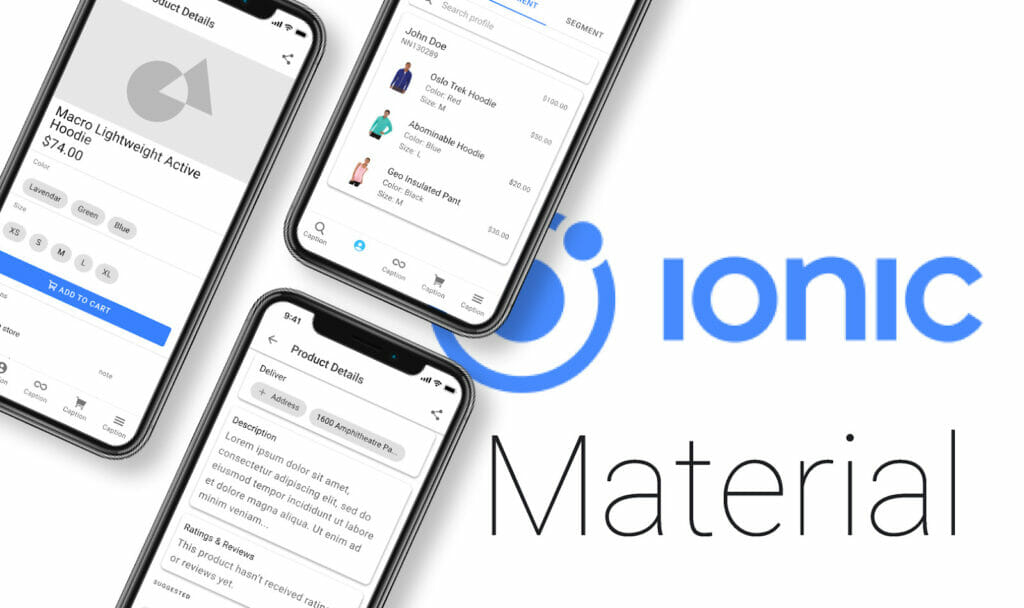It’s recommended when designing a mobile application from scratch that you base your designs on an existing design system. The reasons for this are twofold:
- Don’t reinvent the wheel – While the interfaces we interact with in our daily lives may seem simple, user interface design is complex and nuanced. There are many possible elements and outcomes to consider. For this reason, we recommend starting with a proven framework that can then be refined and customized according to your project’s needs.
- Give your developers a break – Just as designing a fully custom design system starting from nothing would be time consuming, so would developing it. Starting from an existing framework can save significant time and development costs because your developers will be able to work from an existing codebase, and tweak it according to your design specifications.

As for what design system to use, you’ll have to do some research to determine what system is right for your project. For instance, are you designing for iOS or Android, or both? Will your app need to be dark mode compatible? Are there any sensitivities you’re aware of that are common among your target demographic? The system you choose will need to take these considerations into account.
We recommend using the Ionic design system since it is adaptable both to iOS and Android, contains a wealth of different components and layout suggestions, and comes with extensive documentation. This will be incredibly helpful to your development team in terms of understanding how each component should work.